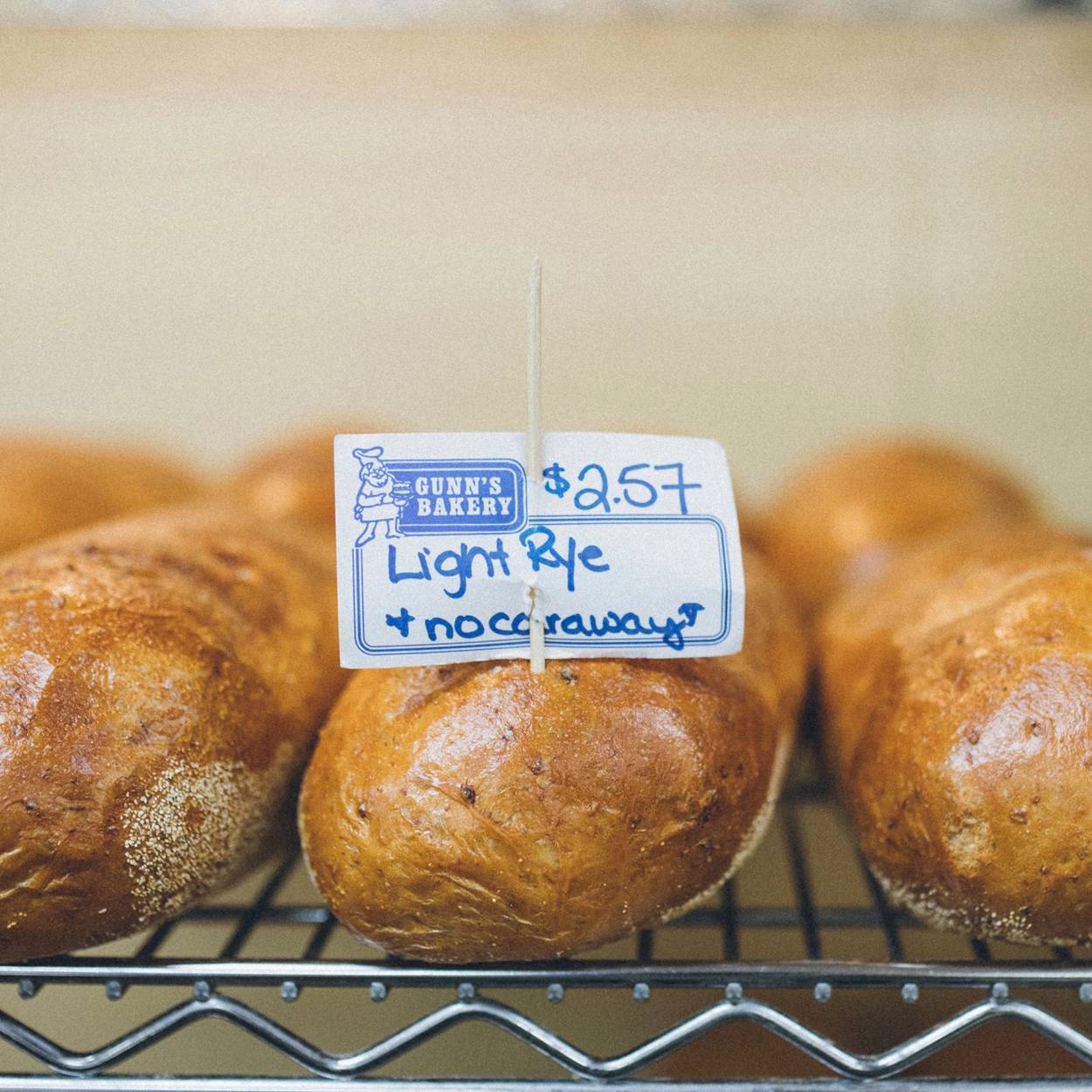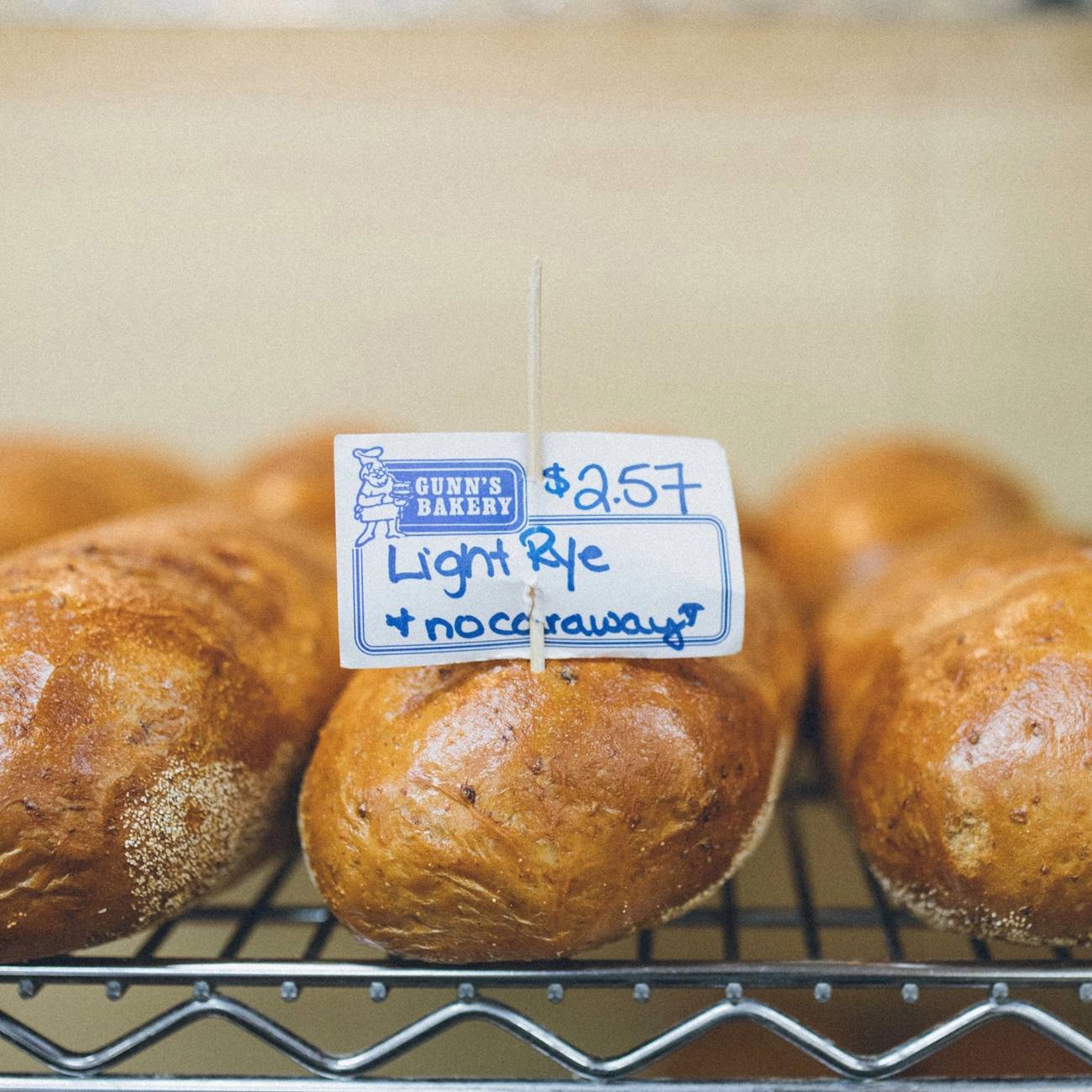A Rye Apart
What makes Winnipeg’s bread unique—and which bakery makes the tastiest loaves?




If you’ve heard about Winnipeg at all, then you might know that Canadian prairie city of 750,000 is the inspiration for the name of a famous bear of very little brain: Winnie-the-Pooh. If you’re Jewish, you may also have heard about Winnipeg because it is reputed by some to have the best Jewish-style rye bread in North America.
Whether or not that’s true, Jews in Winnipeg do enjoy their city’s rye bread, although they disagree on which bakery makes the best kind. Some claim the best rye bread is made by City Bread, some swear by Gunn’s, and others like what comes out of the ovens at Kub or Natural bakeries.
Belle Jarniewski, executive director of the Jewish Heritage Centre of Western Canada, prefers City Bread. “I remember going to the old City Bread location with my mom and dad every other week to stock up,” she recalled. “My mom would come out with a shopping bag filled with fresh rye bread and she would freeze whatever we couldn’t eat right away.”
Elaine Goldstine, CEO of the Jewish Federation of Winnipeg, didn’t realize Winnipeg’s Jewish rye bread had a far-reaching reputation. “I know that rye bread at Gunn’s and City Bread are different,” she said, indicating her preference is for City Bread rye bread. “I guess it is famous like Winnipeg goldeye is famous,” she added, referring to the Manitoba fish that is well-known outside the province.
“To my mind, City Bread is by far the best with Gunn’s a distant second,” said Bernie Bellan, editor of Winnipeg’s Jewish Post and News.
Others would disagree. Alan Green, former rabbi at Winnipeg’s Shaarey Zedek synagogue, was more of a Gunn’s Bakery fan when he lived in the city. Now that he lives in Fairfield, Iowa, he has fond memories of Winnipeg’s rye bread. “I certainly understand how a good bakery—particularly a bread bakery—can make one feel at home and rooted in a city or community,” he said.
Becky Kaufmann moved from Winnipeg to Toronto recently. She, too, has good memories of that city’s rye bread. For Kaufmann, the best is City Bread, followed by Gunn’s; she’s heard of ex-Winnipeggers ordering bread from local bakeries and having it shipped to them.
“Jews are very particular about their likes,” she said, including rye bread. “We’re loyal!”
So how did Winnipeg’s rye bread earn its reputation?
Unlike rye breads in Eastern Canada and the U.S., Winnipeg-style rye bread is lighter in color and milder in flavor than other rye breads and doesn’t contain much, if any, rye flour. Instead, it is made from cracked rye or coarse rye meal.
It is also made differently than Eastern rye bread, said Fivie Gunn, the former owner of Gunn’s Bakery: “It uses chopped or flaked rye, making it sort of speckled,” he said, adding it is lighter and has a milder flavor, “not a sour taste like out east.”
It’s also made mostly with white flour and without caraway seeds, he said, making it smoother and softer. “It’s quite tasty and unique,” Gunn said.
Gunn thinks Winnipeg’s rye bread originated with immigrants who came to the city from Ukraine in the late 19th and early 20th centuries.“They brought their kind of bread with them,” he said, noting that as you head farther west into Saskatchewan, Alberta, and British Columbia, the style of rye bread changes again. “It’s heavier,” he said. “Winnipeg rye bread is unique.”
Ross Einfeld is part owner and production manager at Kub Bakery. He also traces Winnipeg’s unique rye bread to immigrants from Ukraine over 100 years ago. “Our bread is based on their recipe,” he said, adding that for him, City, Gunn’s, and Kub make the best rye bread in Winnipeg because they bake it on a paddle in a hearth with steam to give a chewy coating.
“It’s crusty all the way around, not like bread made in a pan,” Einfeld said. “It’s chewy outside and moist inside.”
As for Winnie-the-Pooh, there’s no evidence he ever ate rye bread. But he did put Winnipeg on the map after Winnipegger Lieutenant Harry Colborne bought a bear cub in 1914 at a train stop in White River, Ontario, while on his way to England to serve during the Great War.
He named the cub “Winnie” after his hometown of Winnipeg, and it became the regimental mascot.
When Colborne’s unit was posted to the front, he left Winnie at the London zoo—where a young boy named Christopher Robin Milne fell in love with the bear.
And the rest, like Winnipeg’s unique rye bread, is history.
John Longhurst is a religion reporter at the Winnipeg Free Press and a freelance writer who also writes for Canadian Jewish News.